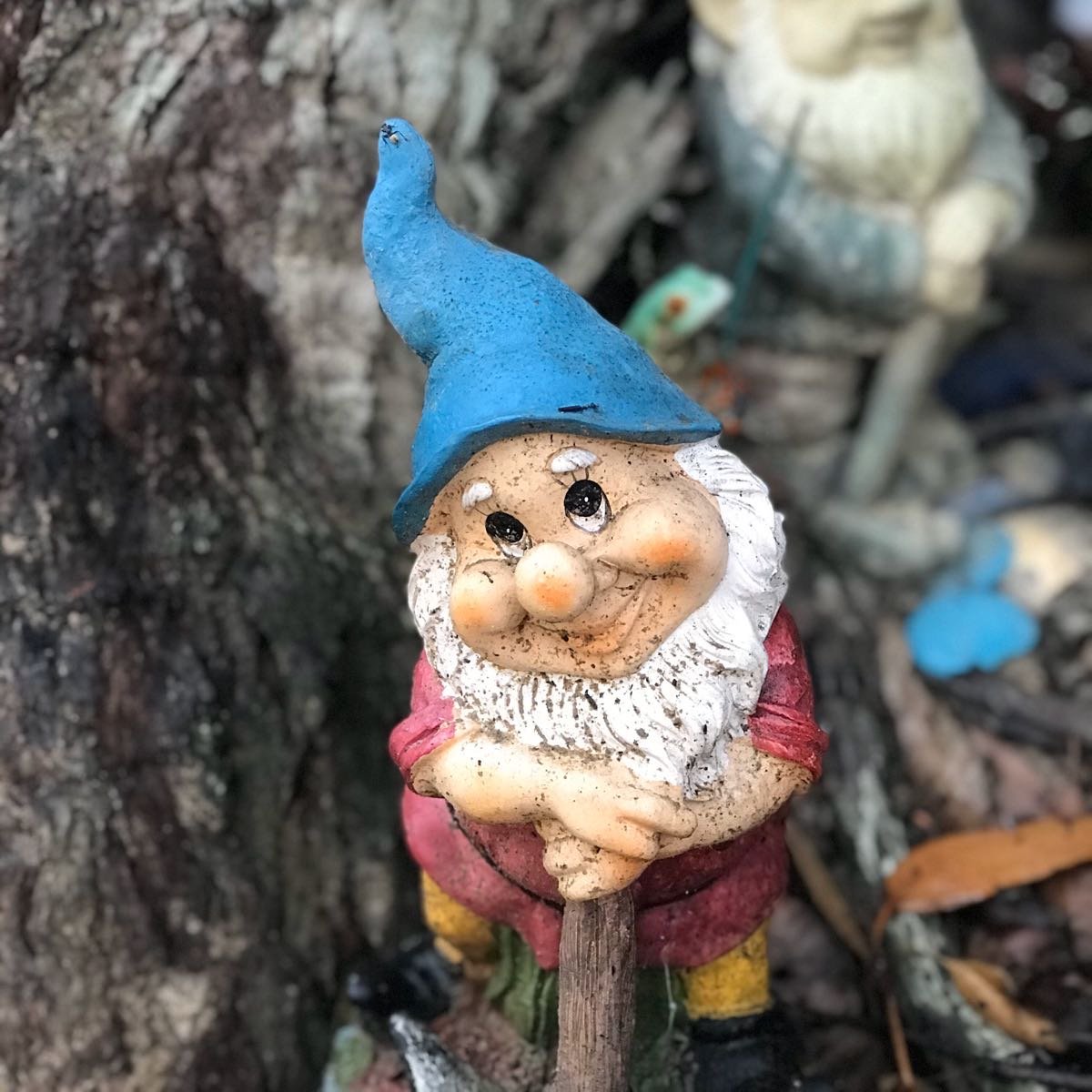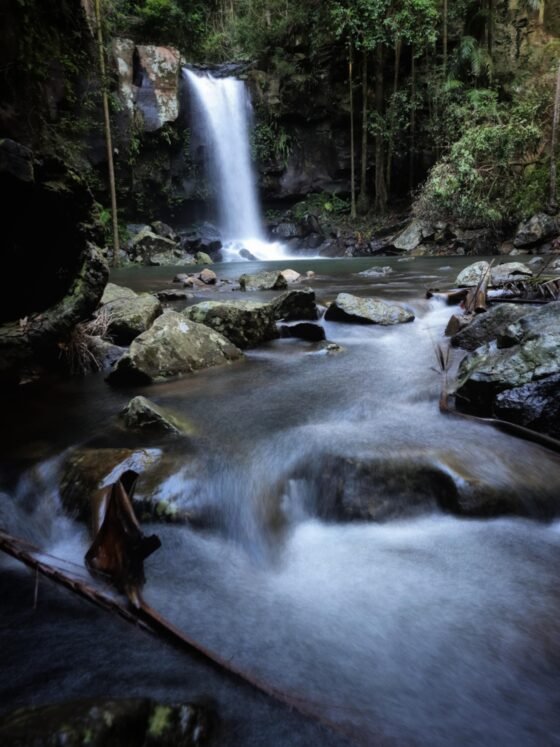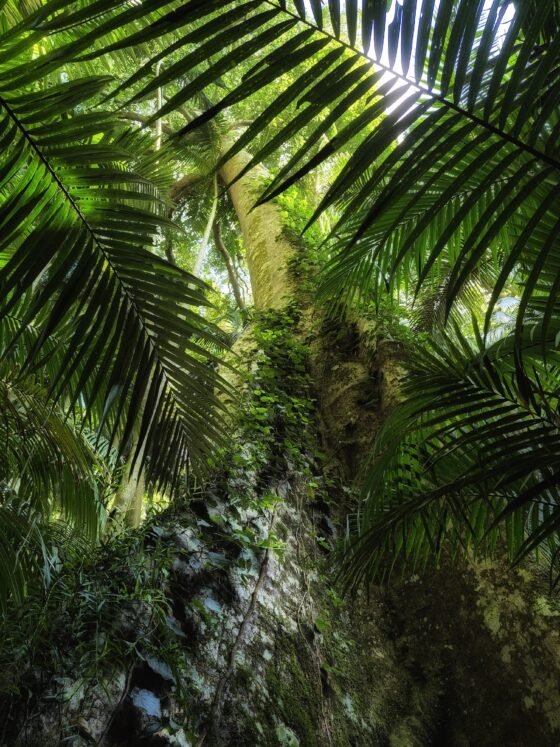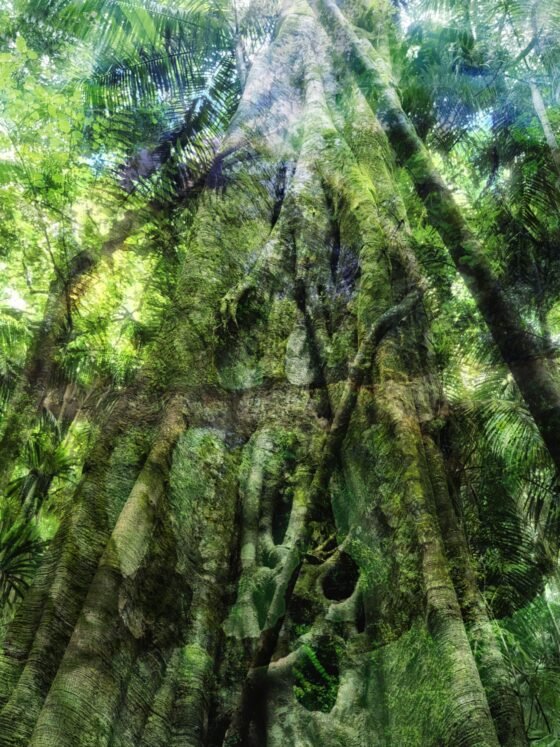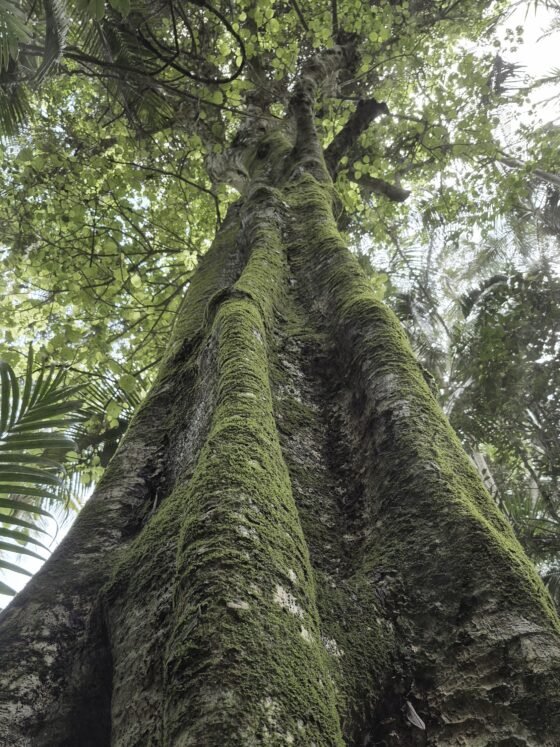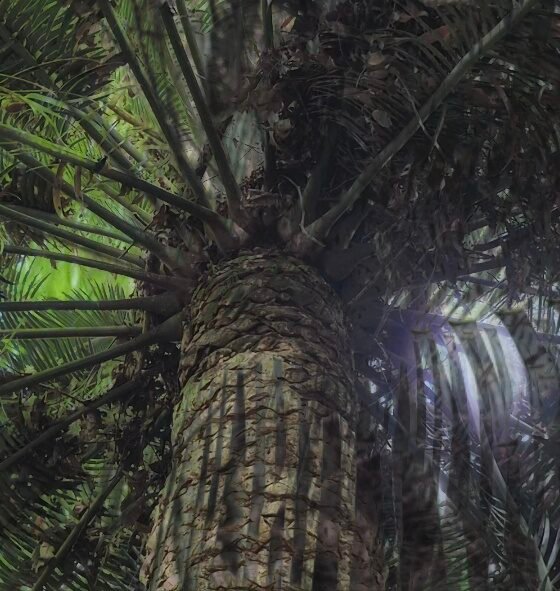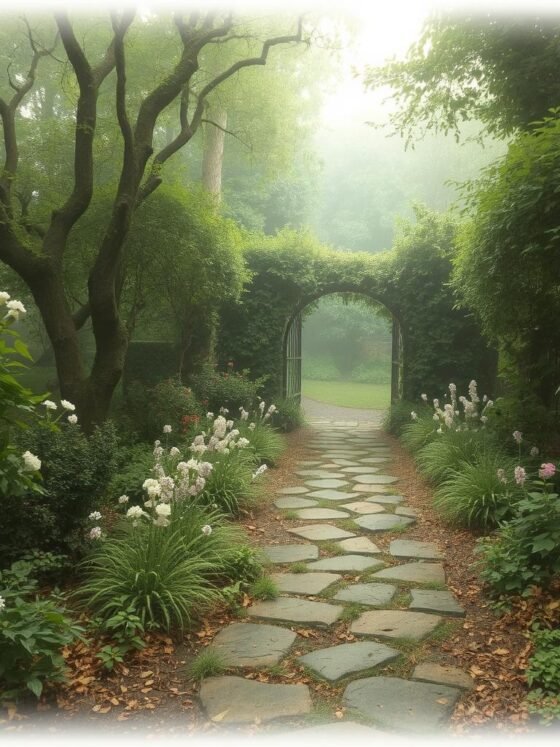Communitrees: What Trees Can Teach Us About Community, Life & Death
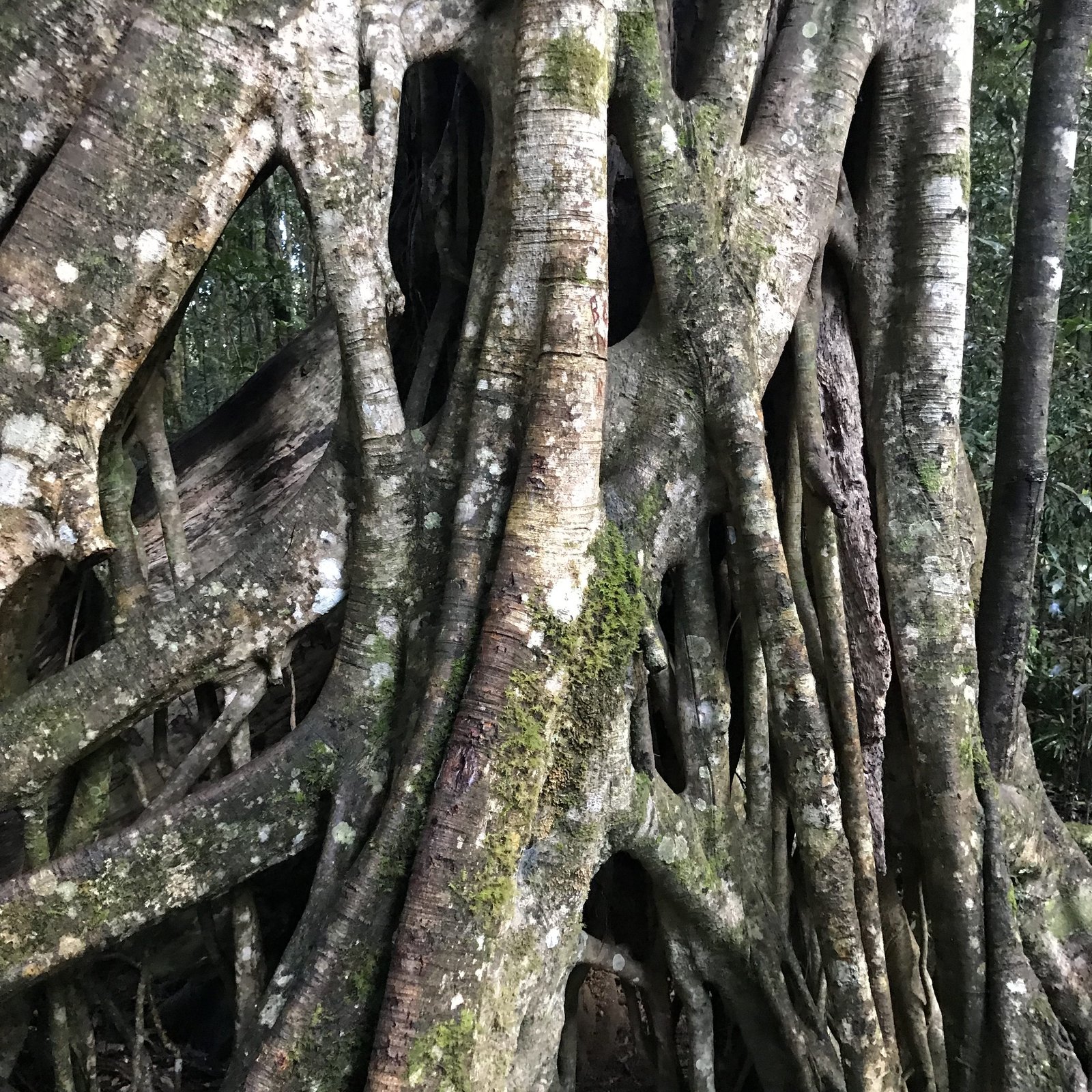
Communitrees: Trees are the bridges of life. Their importance in an ecosystem is that their presence often is what creates the ecosystem, a habitat for other organisms to thrive. Their impact is far reaching. Trees alter their environments, they create habitats for other organisms and interdependent communities we call forests. Trees can teach us about life, death, changing, transmuting, and even about living together and what community is really about. Trees can teach us all these things, and even about reincarnation.
Clime Zones
Recently I went on a walk in Lamington National Park. I drove the circuitous road up from Canungra to O’Rielly’s. On the way I noticed the change in vegetation from dry eucalypt open canopy forest with few plant species to dark moist rainforest teeming with life.
There are a number of factors from elevation, terrain, rainfall and orientation to name a few that affect the habitat that is created in a particular area. An exposed hilltop may make life difficult – soils are often leached and poor, and plants must brave the elements of heat and wind. Yet a cleft in the rock or small ravine can provide just enough shelter for a totally different ecosystem to take hold.
These ecosystems are not static but in a constant state of evolution. Changing local or global climatic patterns can can have a climactic effect on these ecosystems. As the climate alters so to do these micro-climates.

Micro-Clime Zones
I am constantly intrigued by the power of plants to alter the environment.
Through the process of plant succession a barren environment can in time teem with life. A hillside may begin life with barren rock or poor thin soils, and through a succession of plant species they can alter this environment and even weather patterns.
Hardy plants and organisms such as lichen, moss and grasses in time break down the rock and create soil and moisture where herbs and shrubs may begin to take root. In time, these give way to taller plants such as eucalypts. Protected from the wind and heating rays of the sun, moisture loving trees establish themselves nd in time create rainforest.
The drive to O’Rielly’s took me not so much through different time zones but clime zones.
A Brush With Life & Death
I decided to walk the Box Forest Circuit. The 10.9km walk takes you down into a valley, over Canungra Creek and past a series of waterfalls. It was a truly spectacular walk past ancient forest giants. The walk was named after the giant Brush Box, Losphostemon confertus, trees with massive smooth, pink barked trunks and branches that reach to the heavens, many over 40 metres tall.
Similar Brush Box in other parts of the World Heritage area have been radiocarbon-dated at 1500 years, making these giants the oldest ever carbon-dated trees on Australia’s mainland. [1]
Walking through this magnificent forest was to witness the ever changing nature of life. These Brush Box are ancient relics of an earlier period in the history of this area that was being turned into rainforest.
These ancient giants had grown up in more sunnier dryer conditions, and are now surrounded by moisture loving rainforest that no longer favour their regeneration.

Succession
What I was witnessing was the process of succession. These ancient trees can no longer regenerate on the dark rainforest floor as the box seeds lack the essential light and heat to germinate…and so these giants now stand sentinel to a past long gone. [2]
Civilisation
As I entered into a hollowed out trunk of one of these huge giants and peered up to over 30 metres to the sky above, I thought about human civilisations that have come and gone.
Civilisations too aren’t immune to changing climates. It is believed that the civilisations of Mesopotamia, Egypt, and the Indus Valley, as well as the Mayan and Khmer empire may have seen their decline due to severe drought and flood.
Walking through this brush box forest on its way to becoming a subtropical rainforest I began to understand how humans and trees are not so different.
Humans form communities, so do trees. Communities are groups that share. Share common interests, beliefs, resources. There is a certain interdependency for these groups to function.
Civilisations may be looked at as simply communities that have evolved on a large scale sharing certain belief, political, economic and social structures. Civilisations are communities in advanced stages of social development and organisation.
High Society
A commonality of civilisations is that they often reach their zenith and then there is a decline. In some instances the rot begins to set in from within – corruption, inflation, political incompetence, heavy taxes. Other times it may be external – climate change, invasions, military overeach.
Peering up at these brush box trees, the last of their kind in a changing world, I understood that life is in constant flux, changing, adjusting, evolving, growing, flourishing, dying, being reborn.
Reincarnation
And yet life doesn’t actually die. It is simply transformed, transmuted into a difference expression. All the elements within the earth, the air, and the water have been reassembled into an ever changing expression of life countless times.
Reincarnation is literally a spirit, the life force, energy made ‘carnal’ or flesh again.
Dominion
For a very long time these ancient brush box were the dominant species. This was their domain. Standing on the shoulders of giants, even if those giants were tiny in stature – the mosses, lichen, liverworts, grasses, herbs and shrubs – they created the environment that allowed these magnificent trees to flourish.
Communities often have their leaders, and yet these leaders are interdependent on those that they lead. It is this interdependency that creates habitats that allow life to flourish, whether those habitats be human communities, cities, or forests.

Standing On The Shoulders Of Giants
As I descended deeper into the valley the more I began to see the forest changing. These ancient brush box trees, with their rough bark and smooth pink trunks, are a favoured host for the strangler fig, Ficus watkinsiana.
Starting life as a tiny seed in the excreta of a bird in a crevice of a brush box, the strangler fig begins to grow its roots down to the forest floor. If conditions are not favourable, these hardy colonisers are able to lay dormant for long periods.
Standing on the shoulders of these forest giants in time their tentacle-like roots meld together and form a lattice-like grip around the host tree. Their roots make their way to the earth where they can gain an assured supply of food. This may take 200 years.
In time the host may die of old age or from being strangled by its host. In time, these ancient trees will die and rot away, their elements recycled, re-formed into new life, re-in-carn-ated.

Pioneer Plants
Just as lichens, mosses and liverworts are pioneer organisms, helping to create a habitat on exposed rocky environments, so too, figs begin the succession from open eucalypt forest to warm subtropical rainforest.
Framework Species
There are seven different species of fig in Lamington National Park. These pioneer trees are often also referred too as framework species. Because they fruit year round combined with their hardy nature and shade they create, they are able to provide an ideal micro climate and framework habitat for other species.
Their fruit ensures a ready food supply for animals. Some of these animals, having come from other areas, excrete other plant seeds from other areas creating greater plant biodiversity.

Time Machine
Walking through this forest was about walking through space and also time. It was more than walking through micro-climate zones.
It was about walking through the past and into the present. Journeying through millions of years, seeing great volcanic boulders strewn in the forest and mountain streams, to thousands and hundreds of years in the ever-changing ever-evolving forest.
It was about learning about succession, and how civilisations whether human or vegetable evolve, die, and are reincarnated in space and time.
How energy and matter are transmuted, the elements, information, DNA, ideas, take on new forms, new lives.
The Halocene Epoch
We are presently in the Halocene epoch.
The Holocene is the name given to the last 11,700 years or so of the Earth’s geological history — the time since the end of the last major glacial epoch, or “ice age.”
Many scientists have begun to call this the Anthropocene epoch, the Age of Man, ‘because its primary characteristic is the global changes caused by human activity’ .
Live Science argues that this term is misleading as humans were well established before this epoch began. [3] However, changes in the last 200 years or so such as the industrial revolution and industrial farming, to deforestation and pollution are causing major changes to our climate and mass extinction of species.
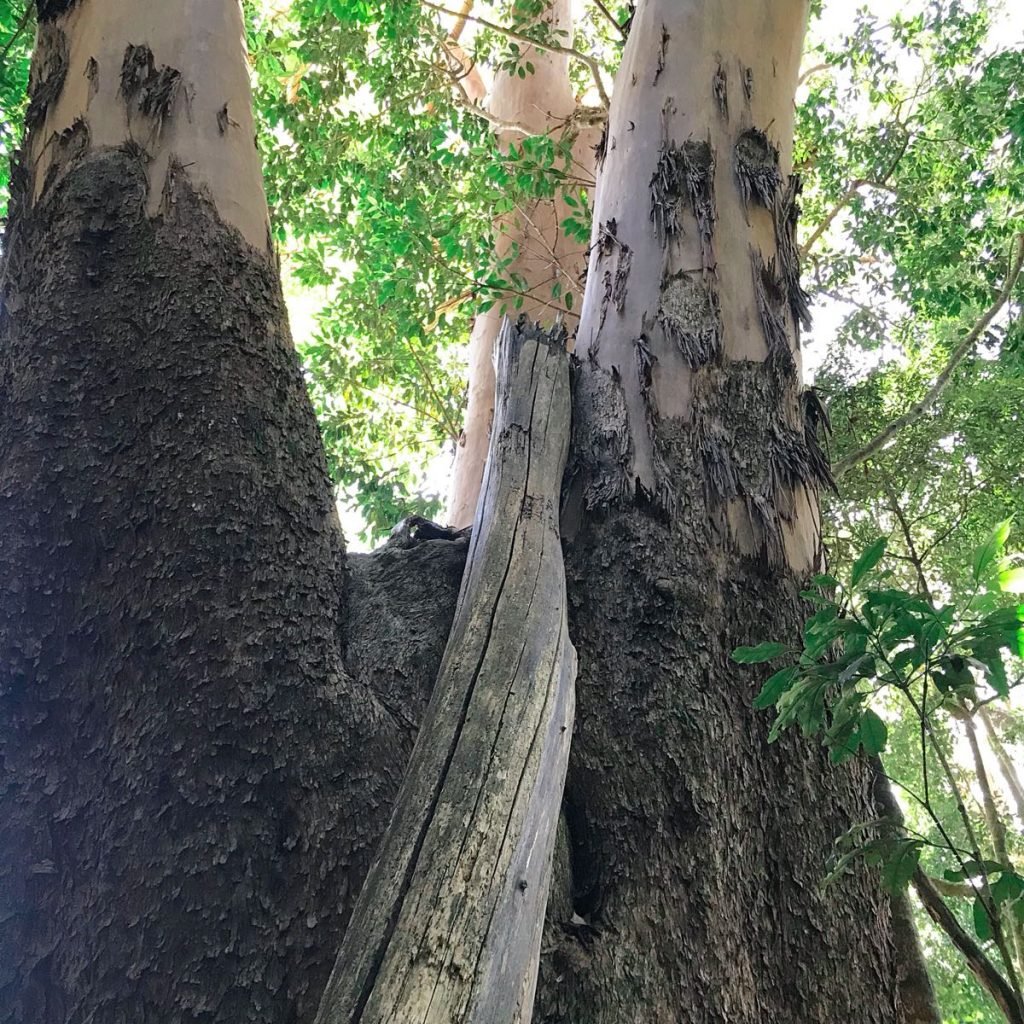
The Dead Centre
In Australia, since European settlement the types of vegetation growing throughout Australia has vastly altered. Clearing of native forests together with the use of fire practised by indigenous peoples for thousands of years has resulted in the drying out of Australia. Today only 0.3% of Australia is rainforest. [4]
Drought
Major parts of inland Australia has been in drought for a number of years now. Farm Aid that has just taken place highlights the dire situation that many of our farmers are facing.
Communities share common values, and Australians are known for their generosity and helping out when the chips are down. It is heartening to see this community spirit live and well.

The Green Heart
As I pen these words I think about a flight I took years ago from the Gold Coast down to Adelaide. All the way down I saw a patchwork of human altered landscapes. Fences defined areas of red treeless earth right next to green forest. Our continent is in continual flux. There was a time when the centre of our continent was an inland sea teeming with megafauna.
Australia had a green heart. I do believe that Australia was till recently much greener inland than we care to imagine.
Human activities has had a devastating effect. Deforestation has altered the micro-climates of areas and the climate in general. Destroying plant communities, plant civilisations may be a harbinger for our demise. After all we can only survive, like the strangler fig by stranding on the shoulders of giants.
Tree Change
As part of our heart response to the drought stricken farmers, we need to begin to understand with our heads that there can be no action without a consequence. We need to understand that by devastating our forests that regulate climate that we destroy our life support systems.
It is time for a paradigm shift in our thinking where we begin to restore what we have destroyed if we are to really be able to help farmers. We need to see reforestation, the greening of Australia implemented on a massive scale.
Epoch
The word epoch comes from modern Latin epocha, from Greek epokhē ‘stoppage, fixed point of time’, from epekhein ‘stop, take up a position’, from epi ‘upon, near to’ + ekhein ‘stay, be in a certain state’. [5]
Humans don’t like change. They also want order. Chaos doesn’t work with the human psyche. Hence why we even have the word epoch. It tries to define a starting and end point to a period of time.
Yet time isn’t like this, it is about flow, change, evolution. No start and end, just continual flux.
Green Revolution
Walking through the forest I understood how civilisations begin as communities, how they rise and fall. How life is in constant flux. If we are to survive, thrive, stay alive, now is the time to embrace change, to accept the change that we have created, and to take massive action to reverse these human-induced consequences.
We also need to deeply understand and value our interconnecteness to the Earth that supports us.
If we really need to order and define time, maybe this could be a new era, one in which we take responsibility for our past and create a green future.
Reincarnation of the Human Spirit
This may be the demise of our modern civilisation as we know it. We may descend into chaos as the climate changes.
We may see nations warring over precious water and mass migration of people as drought and changing weather patterns causes famine. We may also rediscover heart and community, generosity, compassion and empathy.
We may rediscover the idea of community – of people living together and working together for the common good – silva hominum – the human forest.

Dehumanising
As I pen these last few words I have just realised that the brush box giants in the forest I walked through were the same species of trees I used to climb as a child in the built-up suburbs of Sydney.
Unlike those giants, the trees of my child hood were tamed, humanised specimens. Carefully controlled to not grow to their full expression so not to buckle pavements and roads. Unlike eucalypts, brush boxes rarely shed limbs, and survive lopping to accommodate power lines well. These hardy trees have become suitable to our urban environmental requirements. What a far cry from the ancient trees I discovered on my walk that reached for the heavens.
Maybe it is time to stop humanising our environment and become framework species that reverses our effects and allows nature to restore and rebalance.
Whether we look at these forest brush box in a changing environment, who can longer germinate in the cool darkness of the forest floor or stranger figs that will only germinate in the branches of a host tree, we are co-dependent.
We too need certain conditions that nature provides for us to grow, that we too are vulnerable to change even if we think we are all powerful.
Like trees we can change our environment and create suitable habitats for life, yet the sooner we realise and appreciate the intricate web of connections that make up natural communities the sooner we will be able to live in harmony, and adapt and find ways to live in our changing world. The succession of humans to a new level of being is in our hands and our hearts.
Bibliography:
[1] https://www.npsr.qld.gov.au/parks/Lamington/about.html#box_forest_circuit
[2] Info on sign along Box Forest Circuit.
[3] https://www.livescience.com/28219-holocene-epoch.html
[4] Info on sign along Boardwalk at Green Hills, Lamington National Park.
[5] Google dictionary

